Creating a thriving aquatic ecosystem in your home aquarium involves more than just adding fish to water. Live plants play a crucial role in maintaining water quality, providing natural habitat, and enhancing the visual appeal of your tank. Beyond their aesthetic value, aquarium plants oxygenate the water, absorb harmful chemicals, and offer shelter for fish, creating a more balanced and stress-free environment. Whether you’re a beginner looking for low-maintenance options or an experienced hobbyist seeking sophisticated aquascaping elements, there’s a wide variety of aquatic plants to suit your specific needs. This comprehensive guide explores the best aquarium plants that can transform your fish tank into a vibrant, healthy underwater garden.
Why Live Plants Matter in Aquariums
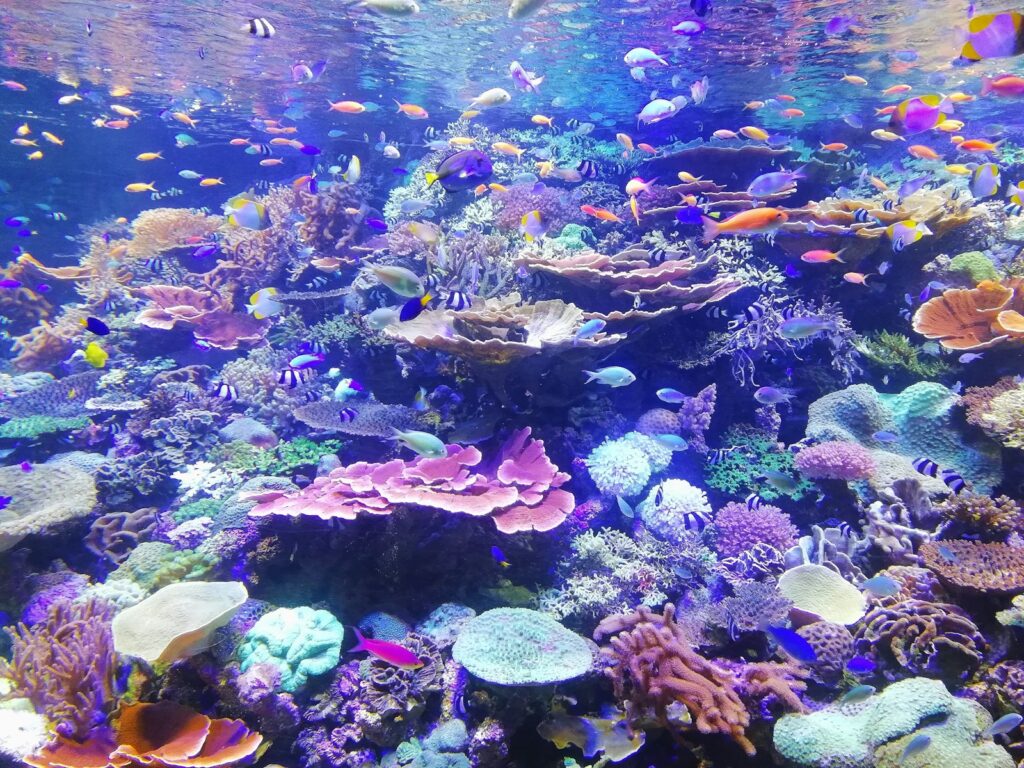
Live plants serve as nature’s water purifiers, absorbing excess nutrients like nitrates and phosphates that would otherwise feed problematic algae. They release oxygen during the day through photosynthesis, directly benefiting your fish and other aquatic inhabitants. Many fish species experience reduced stress levels when provided with plant cover, which mimics their natural environment and offers hiding places. From a practical standpoint, a well-planted tank typically requires less maintenance over time as it develops a natural biological balance. Additionally, watching your underwater garden grow and evolve adds another dimension of enjoyment to the aquarium hobby, making the ecosystem more dynamic and engaging.
Java Fern (Microsorum pteropus)

Java Fern stands as perhaps the most beginner-friendly aquarium plant available, known for its exceptional hardiness and adaptability. Unlike most plants, it shouldn’t be buried in substrate—instead, attach it to driftwood or rocks using cotton thread or superglue, and its rhizomes will eventually anchor themselves. This versatile plant thrives in a wide range of water conditions, tolerating temperatures from 68-82°F and surviving in both low and moderate lighting conditions without CO2 supplementation. Java Fern propagates by producing tiny plantlets on the undersides of its leaves, which can be gently removed once they develop their own roots. Its distinctive appearance, with tough, rippled dark green leaves that can grow up to 8 inches tall, adds architectural interest to any aquascape.
Anubias Varieties (Anubias barteri)

Anubias species rank among the most durable aquarium plants, featuring thick, leathery leaves that even plant-eating fish tend to avoid. Like Java Fern, Anubias should be attached to hardscape rather than planted in substrate, as burying the rhizome can cause rot and plant death. These slow-growing plants thrive in low to medium light and require minimal care, making them perfect for beginners or low-maintenance tanks. Popular varieties include Anubias nana (compact with round leaves), Anubias barteri (larger with arrow-shaped leaves), and Anubias petite (miniature form ideal for foreground placement). Their distinctive bright green leaves create striking contrast against darker backgrounds, while their ability to grow emersed (partially above water) makes them excellent choices for paludariums and riparium setups.
Amazon Sword (Echinodorus bleheri)
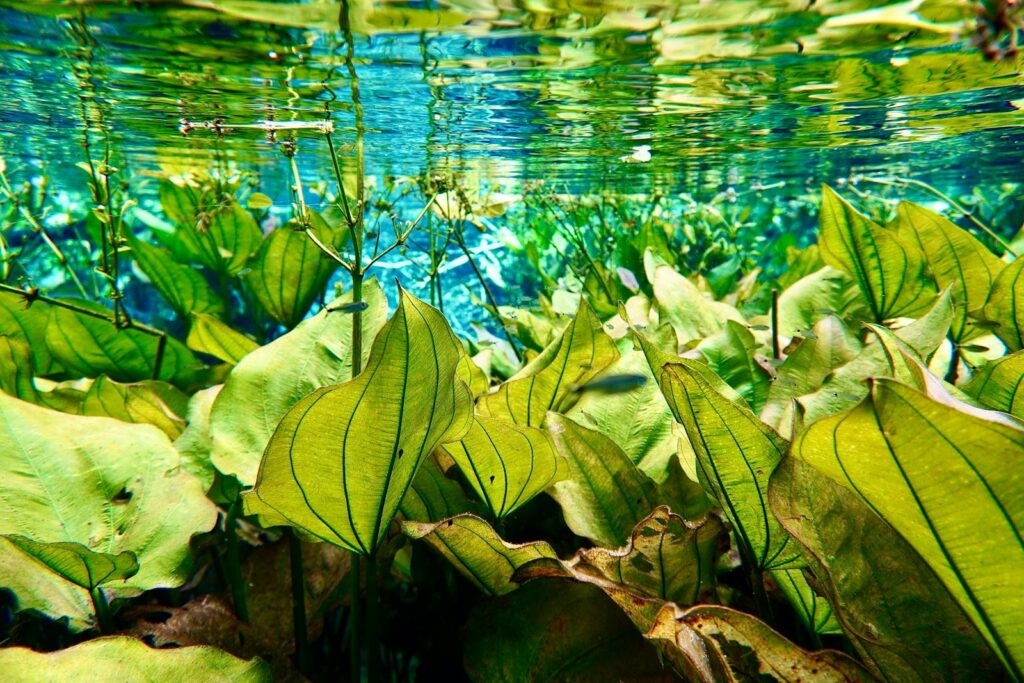
The Amazon Sword plant serves as a magnificent centerpiece with its broad, sword-shaped leaves that can reach impressive heights of 12-20 inches in mature specimens. This root-feeding plant benefits from nutrient-rich substrate or root tabs and performs best when planted firmly with its crown just above the substrate line. Unlike rhizome plants, Amazon Swords develop extensive root systems and can become quite large, making them ideal background or midground specimens in medium to large aquariums. They propagate by sending out runners with daughter plants or occasionally through flower stalks when grown in optimal conditions. While relatively undemanding, Amazon Swords do appreciate moderate lighting and benefit from occasional liquid fertilization to maintain their vibrant green coloration.
Vallisneria Species (Jungle Val, Corkscrew Val)

Vallisneria creates a stunning visual effect with its long, grass-like leaves that can reach the water’s surface and spread across it, mimicking underwater meadows. These fast-growing plants propagate rapidly through runners, quickly forming dense backgrounds that provide excellent hiding places for shy fish and fry. Jungle Val (Vallisneria americana) produces straight ribbon-like leaves that can grow several feet long, while Corkscrew Val (Vallisneria spiralis) features uniquely twisted leaves that add textural interest. These hardy plants prefer moderate lighting but can adapt to various conditions, thriving when their roots are planted in nutrient-rich substrate. Vallisneria species are particularly effective at oxygenating the water and consuming excess nutrients, making them valuable additions to newly established tanks.
Cryptocoryne Varieties (Crypt Wendtii, Crypt Parva)

Cryptocoryne plants, affectionately known as “crypts” among aquarists, offer remarkable versatility with species suitable for foreground, midground, and background placements. These root-feeding plants develop beautiful, often textured leaves in colors ranging from bright green to bronze, red, and brown depending on the variety. Crypts should be planted in nutrient-rich substrate and left undisturbed, as they’re notorious for “crypt melt”—a temporary die-off that occurs when they’re moved or experience significant water parameter changes. Once established, however, they form dense, attractive clusters through underground runners and demonstrate impressive resilience. Crypt Wendtii varieties reach medium heights (4-6 inches) with wavy-edged leaves, while Crypt Parva remains compact (1-2 inches), making it one of the few true carpeting plants that thrives in low-tech setups.
Java Moss (Taxiphyllum barbieri)
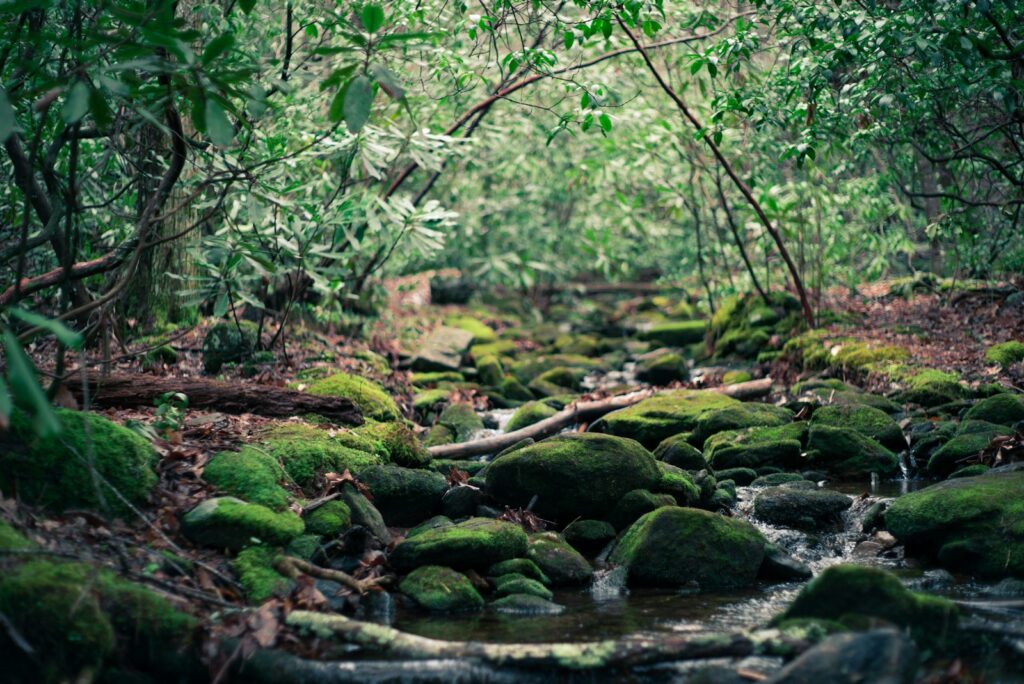
Java Moss presents unparalleled versatility as it can be attached to virtually any surface, creating lush green accents throughout the aquarium. This undemanding moss grows in loose, branching strands that form dense mats over time, providing ideal spawning grounds for many fish species and safe havens for tiny fry. Aquascapers often tie Java Moss to driftwood or rocks using fishing line or mesh to create naturalistic tree effects or carpeted areas. It thrives in low to moderate lighting and requires only occasional gentle trimming to maintain its shape and prevent it from overtaking the tank. Java Moss also acts as a biological filter by harboring beneficial bacteria and trapping particulate matter, contributing significantly to water clarity and quality.
Dwarf Sagittaria (Sagittaria subulata)

Dwarf Sagittaria functions beautifully as a foreground or midground plant, creating grass-like carpets that add depth and dimension to aquascapes. This adaptable plant forms dense colonies through runners, with narrow, strap-like leaves that typically reach 2-4 inches tall in lower light and up to 12 inches in brighter conditions. Unlike many carpeting plants, Dwarf Sagittaria doesn’t demand high light or CO2 supplementation, though it grows more densely and remains shorter with better lighting. Planting in small groups about an inch apart allows it to fill in naturally over time, creating meadow-like effects that contrast beautifully with larger background plants. Its bright green coloration adds a vibrant touch to any aquarium, while its dense growth provides excellent cover for bottom-dwelling fish and shrimp.
Water Wisteria (Hygrophila difformis)

Water Wisteria earns its popularity through impressive growth rates and distinctive, lacy foliage that creates dramatic visual interest. This stem plant features delicate, fern-like leaves that vary in appearance depending on growing conditions—more finely divided under high light and broader in lower light environments. Water Wisteria can be planted in substrate or left floating, where it forms extensive root systems that provide additional filtration and shelter. As a stem plant, it propagates easily through cuttings; simply snip a healthy stem and replant the top portion to create a new plant. Its rapid growth makes Water Wisteria excellent for controlling algae by competing for nutrients, though this also means it requires regular pruning to prevent it from overtaking the aquarium.
Floating Plants: Frogbit and Dwarf Water Lettuce
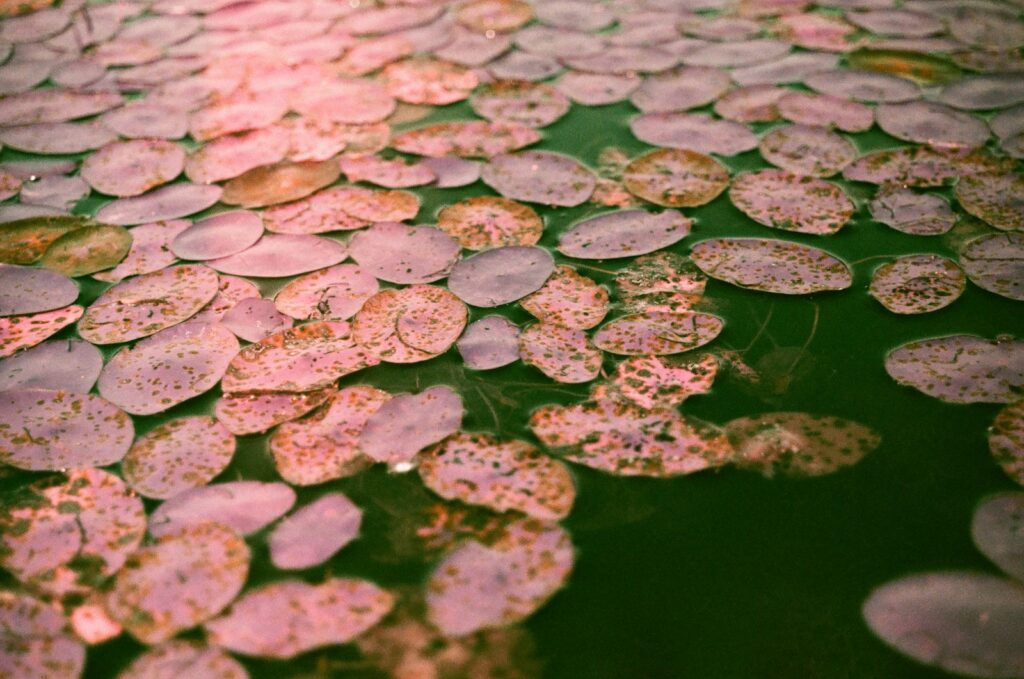
Floating plants add another dimension to aquascapes while providing practical benefits like reducing light intensity and removing excess nutrients. Amazon Frogbit (Limnobium laevigatum) features attractive rosettes of round leaves and trailing roots that dangle into the water, creating intriguing visual effects and providing hiding places for fish. Dwarf Water Lettuce (Pistia stratiotes) forms cabbage-like rosettes with velvety, lime-green leaves and impressive dangling root systems that excel at nutrient absorption. Both plants multiply rapidly in good conditions, requiring regular thinning to maintain appropriate coverage—typically 30-50% of the water’s surface to balance light reduction with oxygen exchange. Their extensive root systems make them particularly effective at controlling algae by starving it of nutrients, while also serving as spawning sites for certain fish species.
Bucephalandra Varieties (Buce Plants)
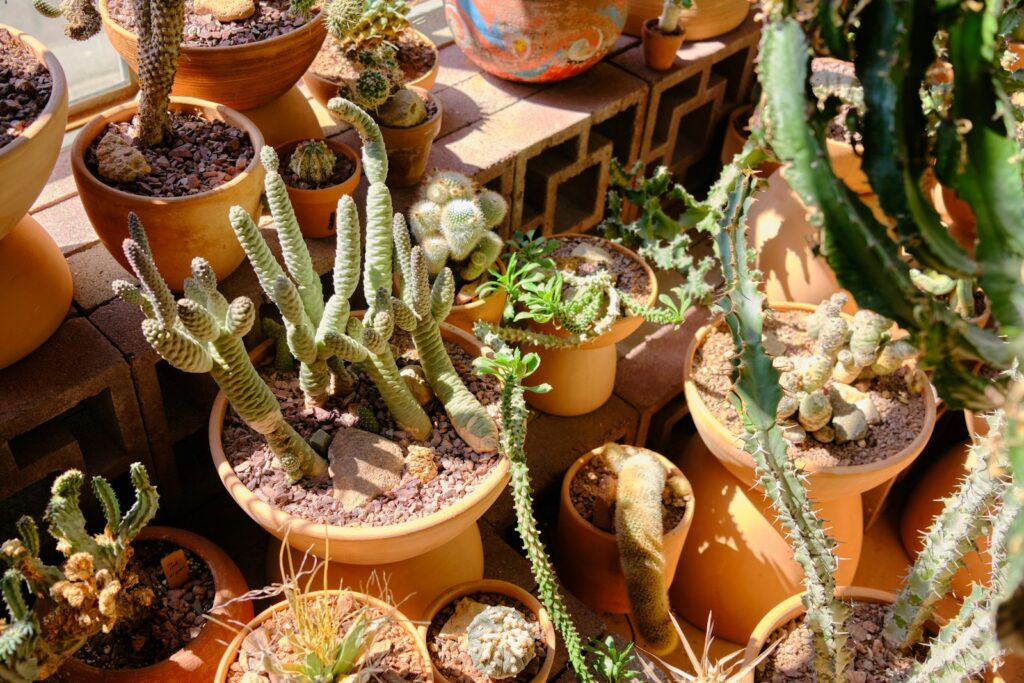
Bucephalandra plants, native to Borneo, have become increasingly popular in the aquarium hobby for their stunning leaf textures and colorations that range from deep green to purple, blue, and brown with iridescent highlights. Like Anubias, these rhizome plants should be attached to hardscape rather than buried in substrate, where they slowly grow to form compact clusters of leaves. Bucephalandra varieties come in numerous forms, from tiny “Mini” versions perfect for nano tanks to larger specimens that create dramatic focal points. These plants thrive in low to moderate lighting and adapt well to a wide range of water conditions, though they grow extremely slowly compared to most aquarium plants. Their unique appearance and relative rarity make them prized collectors’ plants, with certain varieties commanding premium prices in the hobby.
Marimo Moss Balls (Aegagropila linnaei)
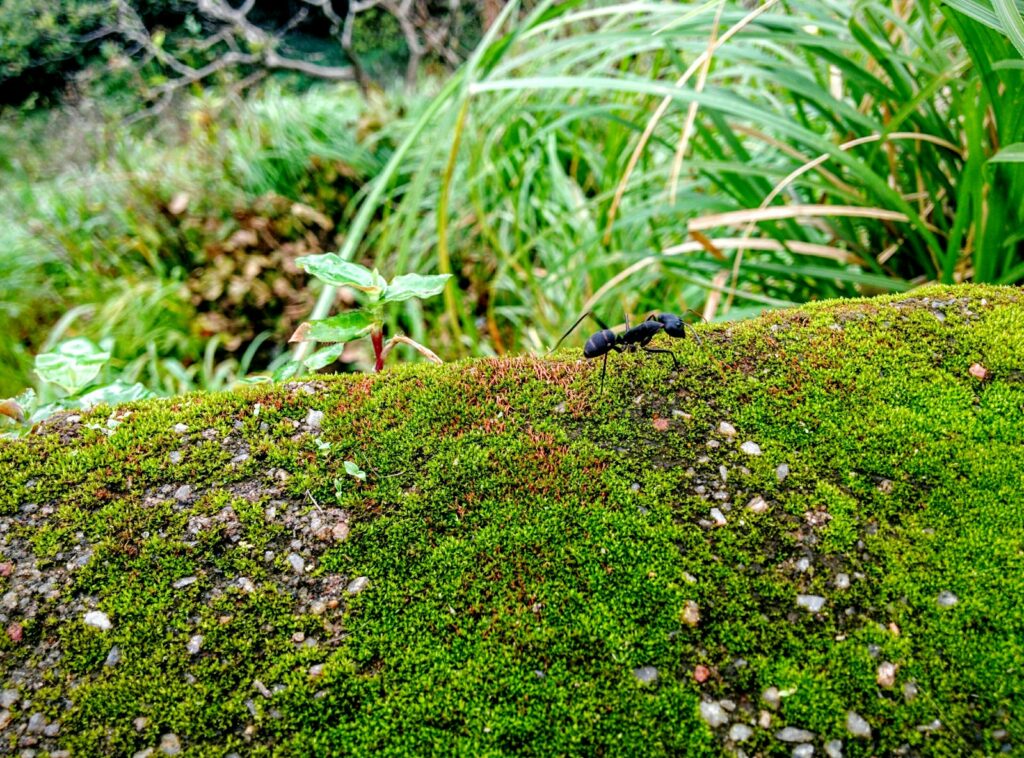
Marimo Moss Balls aren’t actually moss but a specialized form of algae that grows in a spherical shape, creating one of the most unique and low-maintenance “plants” available for aquariums. These velvety green spheres require minimal care—simply place them anywhere in the tank and occasionally rotate them to maintain their round shape and ensure all surfaces receive light. Marimo balls grow extraordinarily slowly, adding perhaps 5mm per year, making them perfect for long-term aquascaping elements that won’t outgrow their space. They perform well in cool to temperate water and actually prefer lower lighting, making them ideal for tanks with delicate fish that require subdued illumination. Beyond their decorative value, Marimo balls help maintain water quality by competing with nuisance algae for nutrients.
Plant Care Essentials for Success
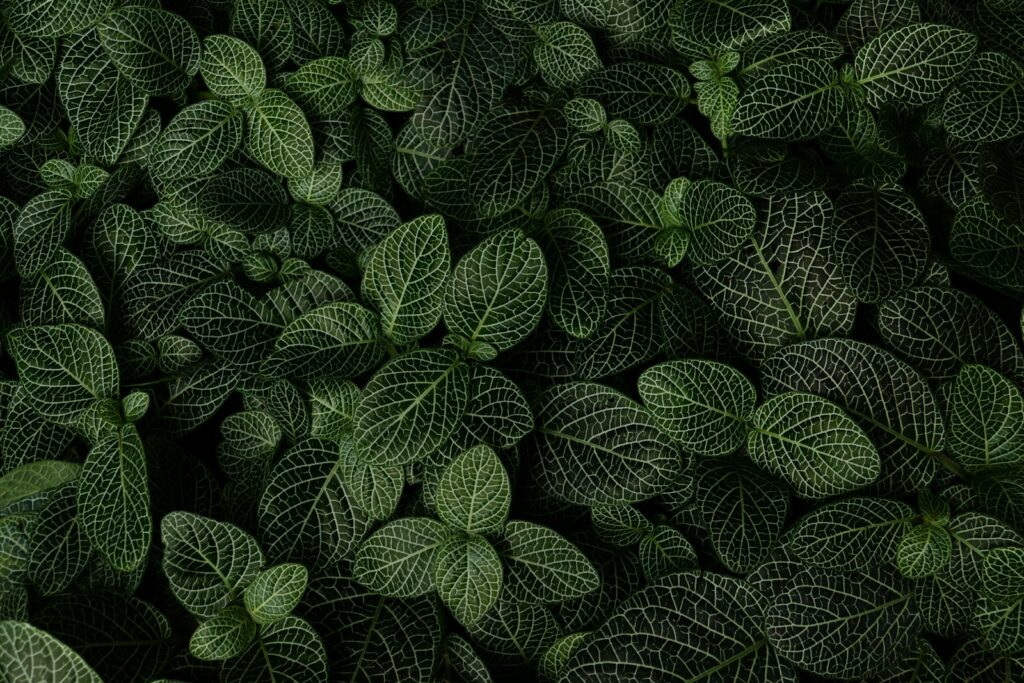
Successful plant growth depends on balancing several key factors, beginning with appropriate lighting—generally 8-10 hours daily with intensity matched to your chosen species. Most aquarium plants benefit from supplemental nutrients, either through comprehensive liquid fertilizers or root tabs placed near heavy root feeders like swords and crypts. While CO2 injection significantly enhances plant growth, many species listed here thrive without it, making them suitable for low-tech setups. Regular maintenance routines should include gentle removal of debris from leaves, pruning to control growth, and occasional thinning to prevent overcrowding. When introducing new plants, consider a brief quarantine period or a potassium permanganate dip to eliminate potential pests like snails or algae that might hitchhike into your main aquarium.
Matching Plants to Your Tank Parameters
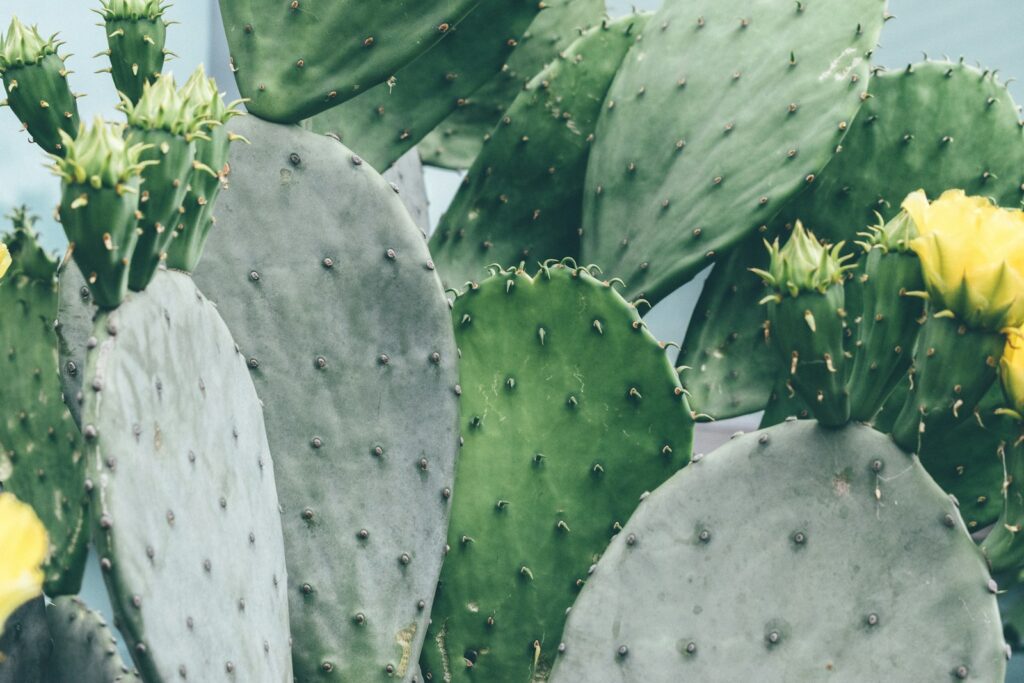
The most successful planted aquariums feature species well-matched to existing water parameters and lighting conditions rather than struggling to adapt the environment to demanding plants. Low-tech beginners should focus on hardy species like Java Fern, Anubias, and Cryptocoryne varieties that thrive without CO2 supplementation or intense lighting. Consider your tank’s temperature range when selecting plants—tropical species generally prefer 75-82°F, while some plants like Vallisneria can adapt to wider temperature ranges. Water hardness and pH also influence plant performance; most common aquarium plants prefer slightly acidic to neutral conditions (pH 6.5-7.5), though many adapt to broader ranges. Finally, evaluate your maintenance commitment realistically—fast-growing stem plants create beautiful displays but require regular pruning, while slow-growing species like Anubias need minimal intervention but take longer to fill in.
Conclusion
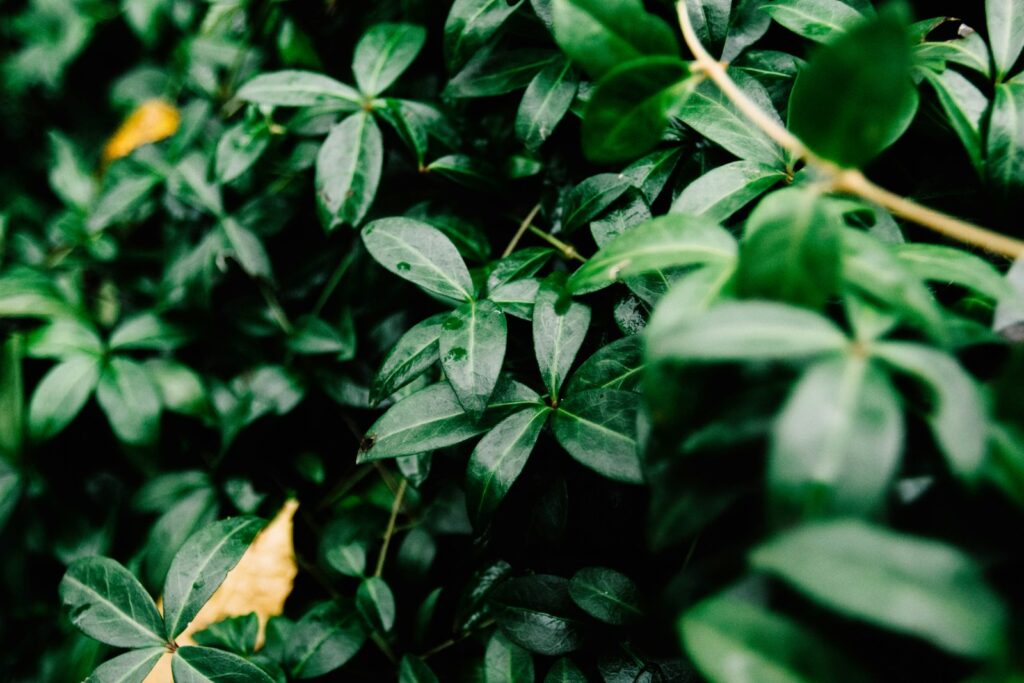
Incorporating live plants transforms an ordinary fish tank into a dynamic, self-sustaining ecosystem that benefits both aquatic life and the aquarist. By selecting appropriate species from this guide and providing basic care requirements, even beginners can create stunning underwater gardens that improve water quality, reduce maintenance, and enhance fish health. Whether you’re drawn to the architectural elegance of Amazon Swords, the carefree nature of Java Fern, or the carpeting effect of Dwarf Sagittaria, there are perfect plant choices for every aquarium style and experience level. As your planted tank matures, you’ll discover the remarkable balance that develops between plants, fish, and beneficial microorganisms—creating a slice of nature that evolves and thrives under your care.


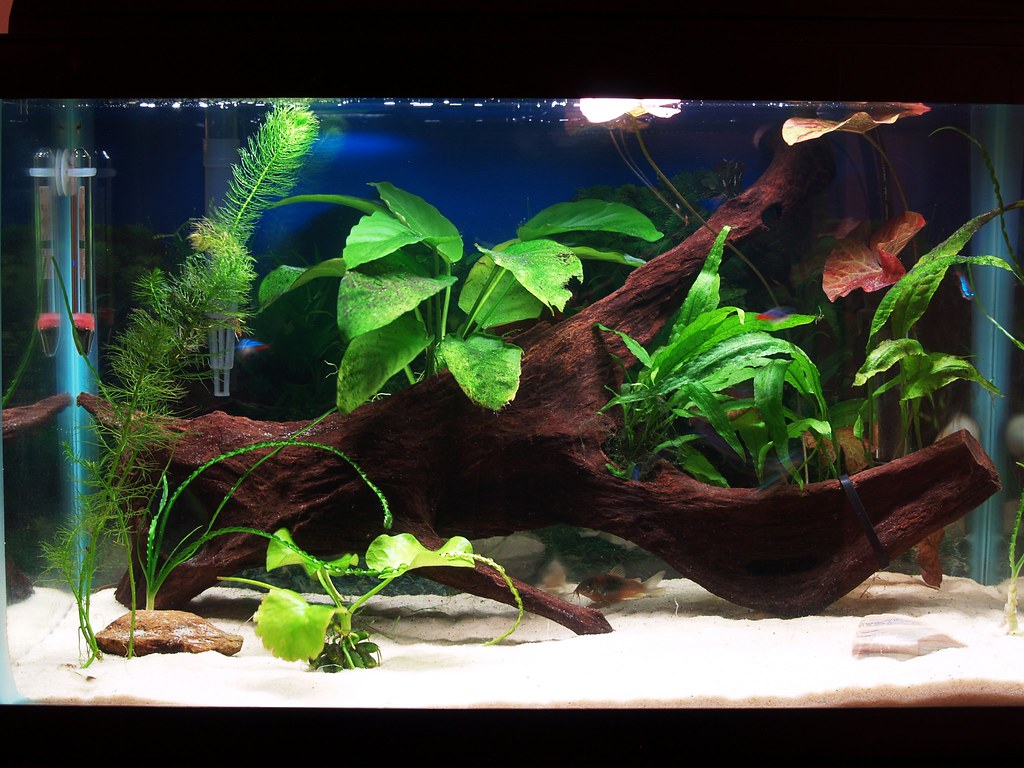

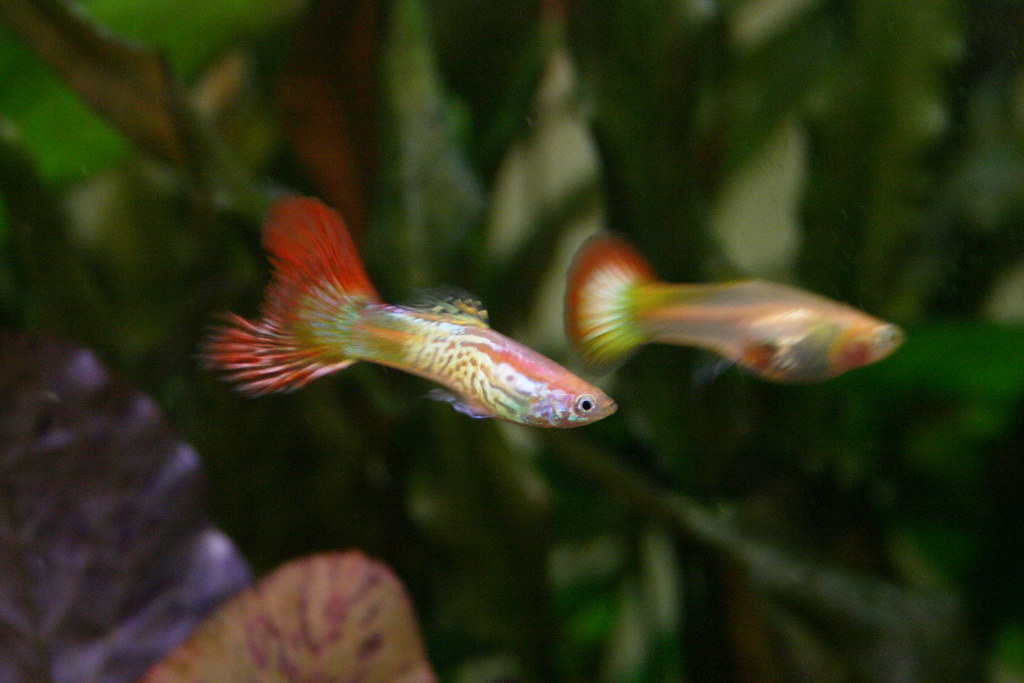
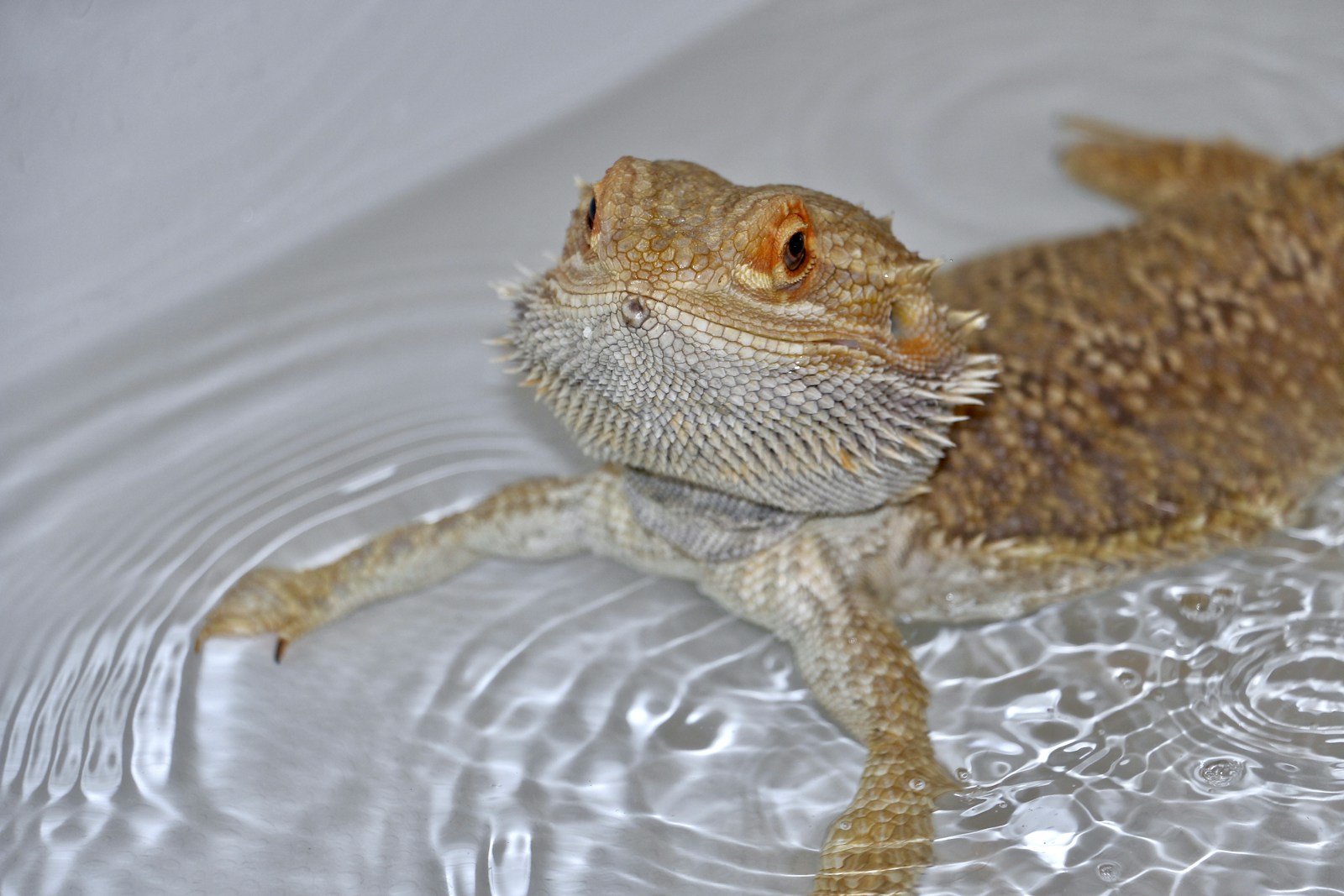

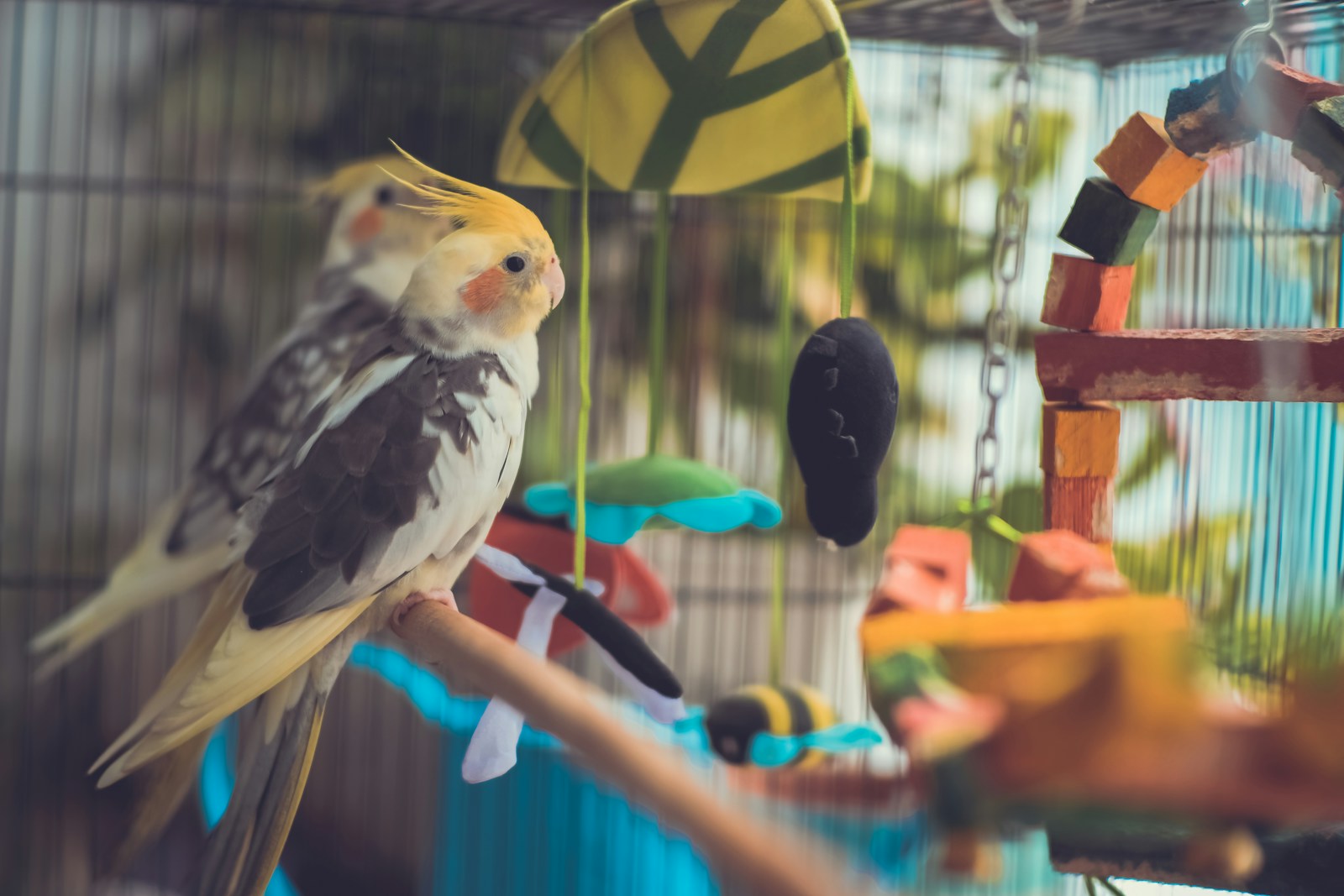

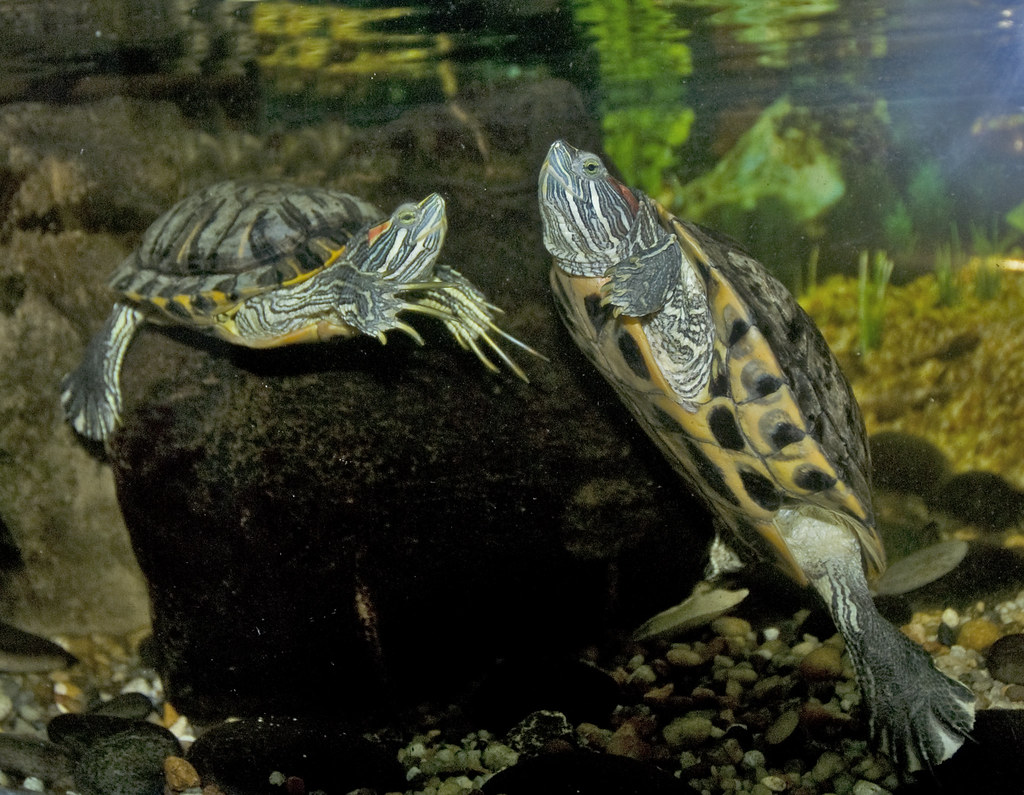
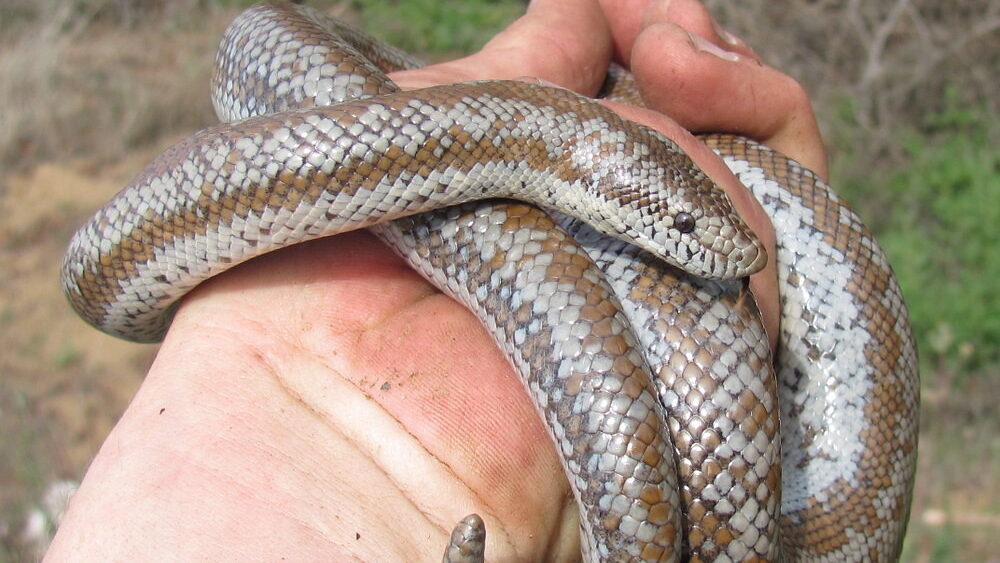





Leave a Reply